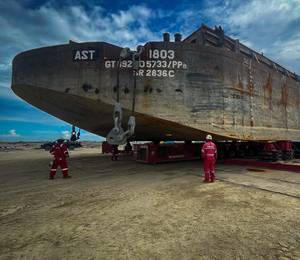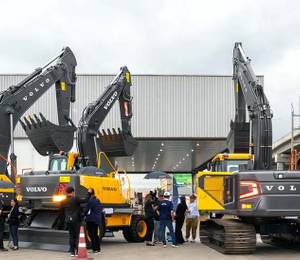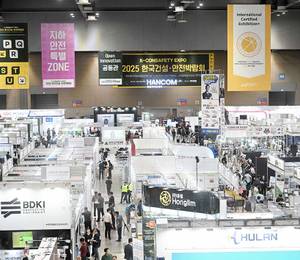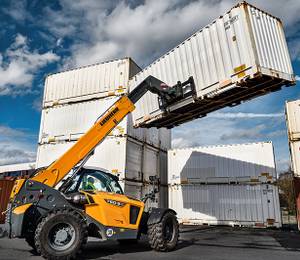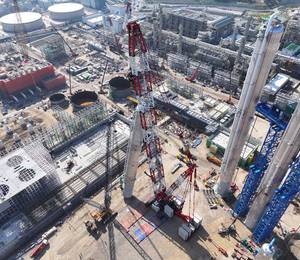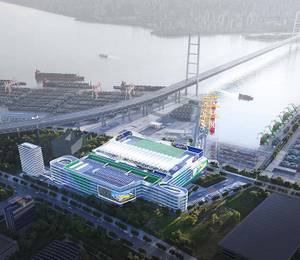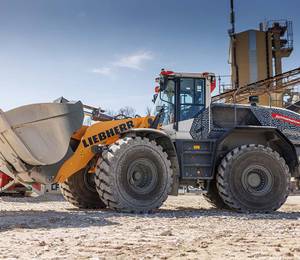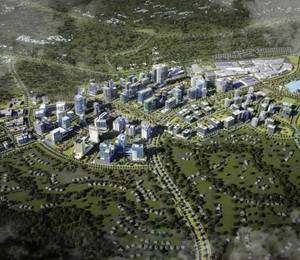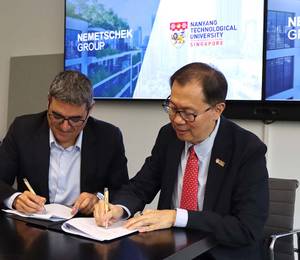Southeast Asia’s construction sector is showing strong resilience and adaptability despite global economic headwinds and geopolitical uncertainties, according to a recent report released by Turner & Townsend, a global professional services company.
The Global Construction Market Intelligence (GCMI) report 2025, which analyses construction costs across 99 markets worldwide, highlights Southeast Asia’s competitiveness amid shifting market conditions. While costs are rising in some areas, the region is experiencing a surge in demand for critical infrastructure such as data centres, alongside a strong shift towards sustainable building practices. These factors are collectively positioning Southeast Asia as an increasingly attractive and prime destination for global investment in the built environment.
“We are seeing dynamic trends across Southeast Asia, where markets are not merely navigating global economic headwinds but actively seizing opportunities for growth through recalibration of costs and demand,” said Brian Shuptrine, managing director for Asia at Turner & Townsend.
"The region’s commitment to digital transformation and sustainability, and the strategic advantages of nearshoring, are fundamentally reshaping the construction landscape. This translates into significant opportunities for clients investing in future-proof assets, particularly within the rapidly expanding data centre developments and advanced manufacturing sectors.”
Singapore: strong activity despite high-cost environment
According to the report, Singapore remains one of the most expensive markets in Southeast Asia, with average construction costs in the city-state at US$3,104 per sq m and anticipated inflation of 3% in 2025 and 5% in 2026. Despite high costs, construction activity remains strong, with total contracts awarded in the first four months of 2025 about 60% higher than the same period in 2024.
However, the market continues to face tight contractor capacity and skilled labour shortages in mechanical, electrical and plumbing (MEP) trades, and growing waste management challenges amid rising disposal costs and stricter sustainability regulations. These pressures are prompting greater interest in collaborative contracting models to help align stakeholders early and reduce project risk, improving certainty around cost and delivery.
In contrast, markets like Kuala Lumpur (US$1,354 per sq m), Hanoi (US$1,147 per sq m) and Ho Chi Minh City (US$1,168 per sq m) offer significantly lower costs, supporting further growth and investment opportunities.
Malaysia: public sector investment, domestic demand and data centres to propel construction growth
Malaysia’s construction sector is expected to continue growing, driven by activities in public infrastructure, including major projects like the MRT3 Circle Line and the Penang LRT. Meanwhile, private sector investment is also gaining pace, with strong demand for digital infrastructure such as data centres, attracting significant capital inflow from major technology companies.
While costs in Kuala Lumpur remain low (US$1,354 per sq m), the recent expansion of the Sales and Service Tax to cover all construction work services – excluding residential buildings and associated public facilities – introduce new cost pressures across the industry, raising project costs and squeezing margins.
In response, the industry is moving towards digital solutions and collaborative models to protect profitability, manage risk and remain competitive. Sustainability concerns –such as reducing embodied carbon – are also starting to influence project planning and procurement, signalling Malaysia’s gradual shift towards greener building practices.
Indonesia: cautious optimism driven by cost advantage and growing domestic demand
Jakarta remains one of the region’s most cost-competitive construction markets, with costs at US$943 per sq m, and a steady escalation of 3%. While the market is gaining gradual momentum, activity is largely driven by steady activity in the data centre sector as Indonesia’s digital economy continues to expand. Local developers are showing increased appetite for new projects, prioritising core services while carefully navigating economic conditions and cost considerations.
Notably, local contractors are increasingly securing large-scale data centre projects, a positive sign of growing capability and competition in the market. However, some sectors continue to face significant pressures around imported material costs and availability, due to reliance on high-quality imports for major projects, which can strain budgets.
Skilled labour shortage remains key area of concern
The GCMI survey found that 90.9% of Asian markets including Singapore, Malaysia, Indonesia and Vietnam, are affected by shortages in MEP labour. While general labour supply remains relatively stable in Vietnam and Indonesia, the demand for skilled trades and green-collar professionals is outpacing availability, underscoring the need for investment in training and local workforce development.
“Cost remains a critical consideration in Southeast Asia, but the focus is increasingly shifting towards value, efficiency and supply chain resilience. The abundance of materials, especially from China, offers opportunities for faster and more cost-effective project delivery in some markets,” said Sumit Mukherjee, managing director for Southeast Asia and head of real estate for Asia at Turner & Townsend.
“However, persistent shortage of specialist labour, particularly in MEP trades, highlight the importance of strategic investment in local workforce development and innovative construction methods to mitigate potential bottlenecks and ensure project success.”
Data centres the top construction sector in SE Asia
The report also indicates that data centre have overtaken industrial, manufacturing and distribution as the top-performing construction sector in Southeast Asia, reflecting the surging demand for digital infrastructure from hyperscalers and cloud service providers, alongside growing interest in sustainable, high-performance facilities. Corporate occupier activity has rebounded significantly, while hospitality, sports and leisure developments are seeing a modest uptick as tourism and entertainment gradually return.
Across Southeast Asia, nearshoring trends and the escalating demand for advanced manufacturing facilities are primary drivers of heightened construction activity. Looking ahead, markets like Vietnam and Malaysia could potentially benefit from surplus of Chinese supply of materials redirected from the US if reciprocal tariffs persists, which may help to accelerate delivery, manage costs and increase their own manufacturing capacity. However, in Malaysia, recent trade policy changes including anti-dumping duties, introduce uncertainty around future costs and supply chain decisions.
Turner & Townsend is advising clients to invest in upskilling domestic workforces where possible and to strengthen local supply chains to minimise risks, improve cost control and delivery of programmes, making the most of the continued opportunities and growth to come in the region.
Image 1: Pixabay
Image 2 & 3: Turner & Townsend
